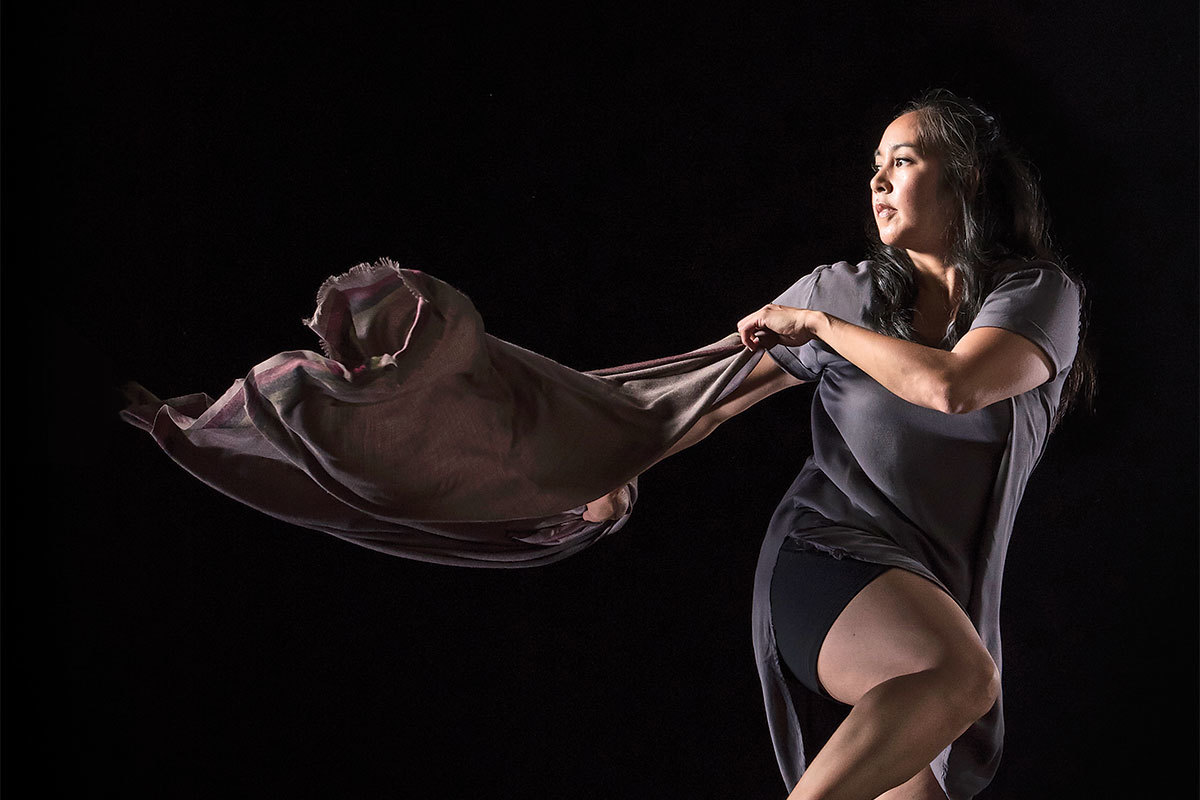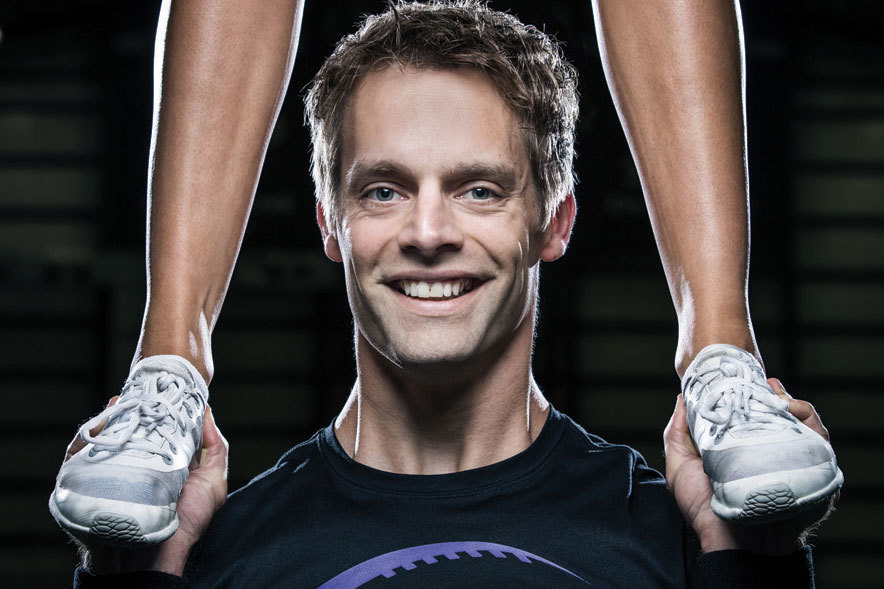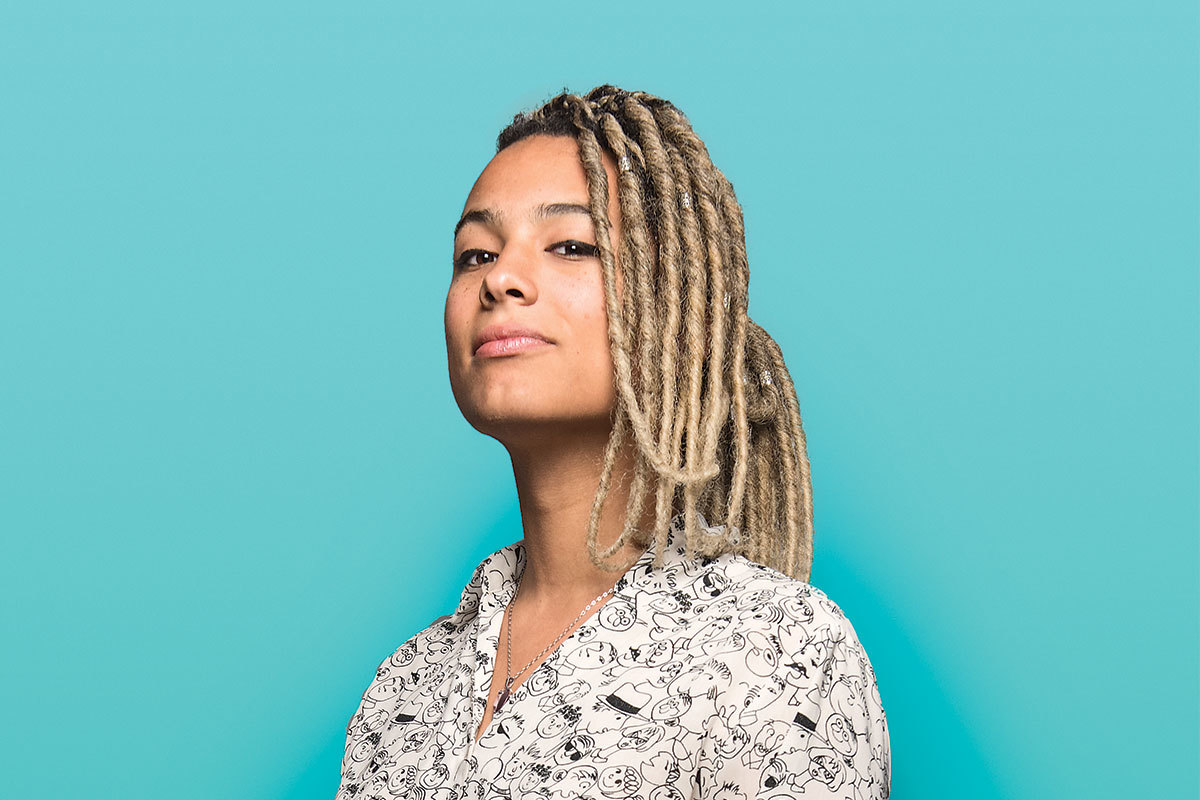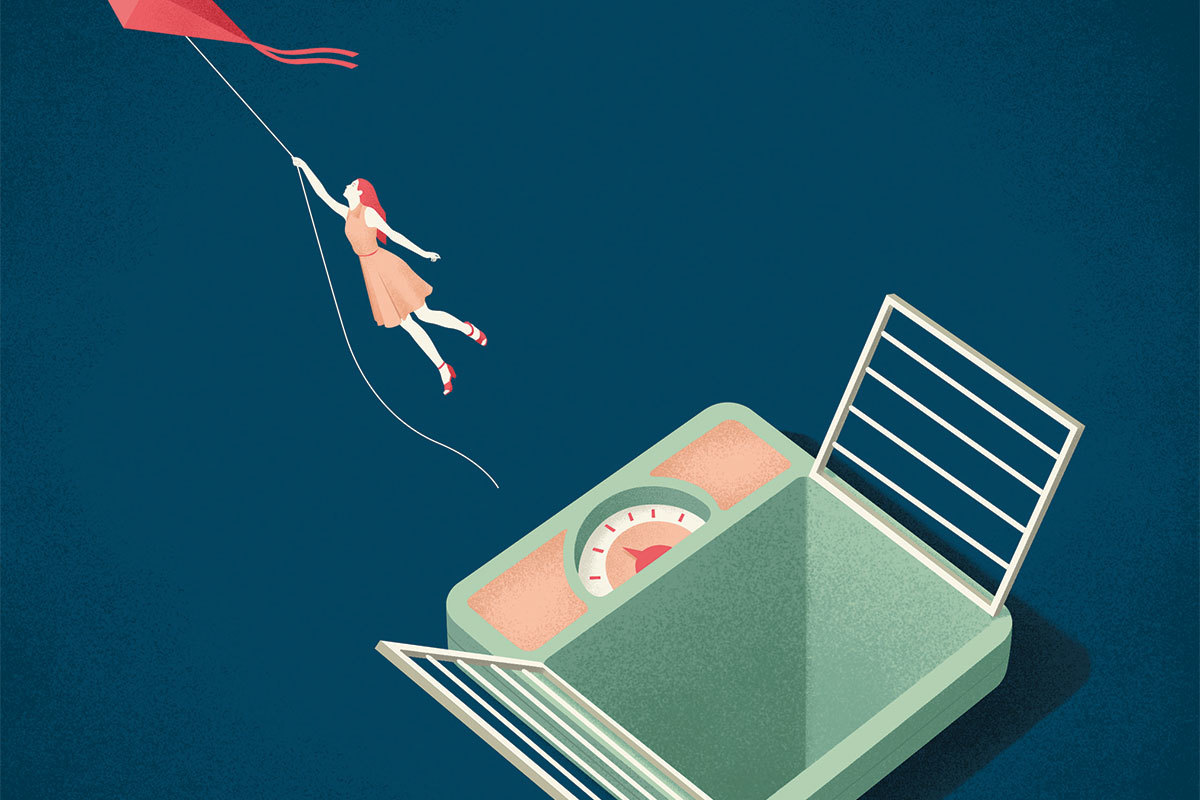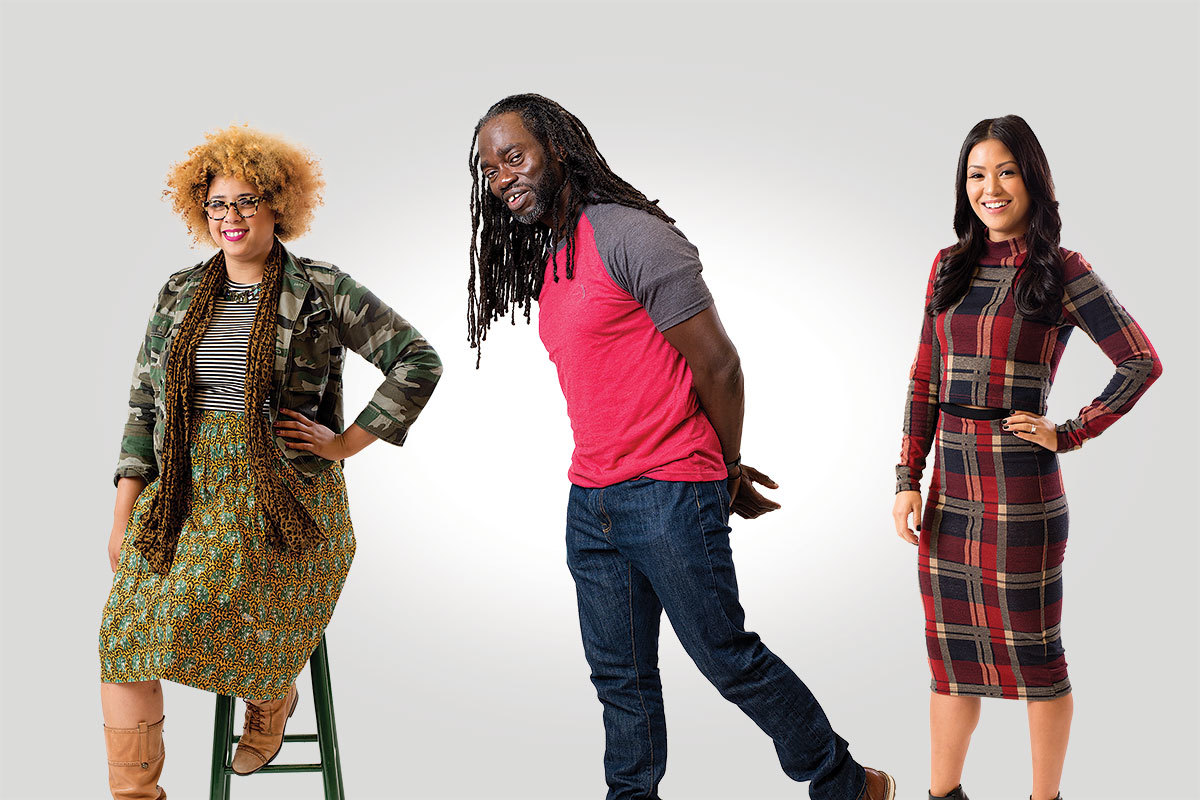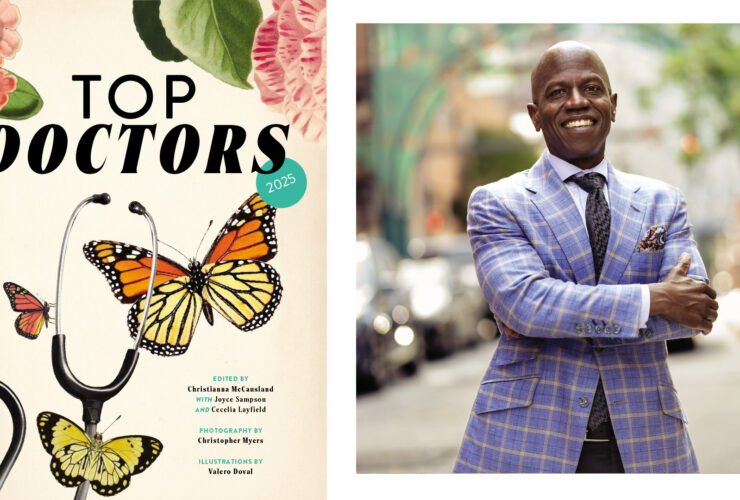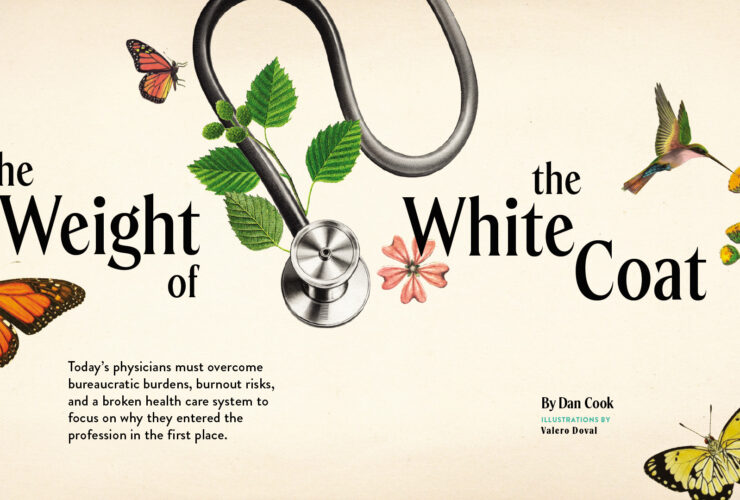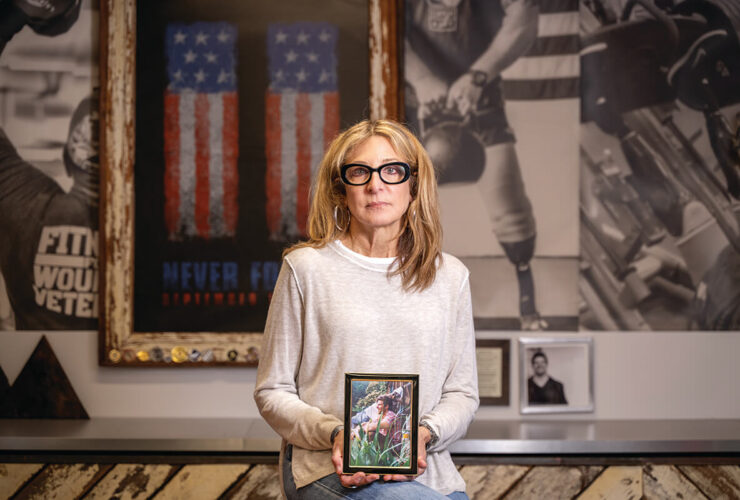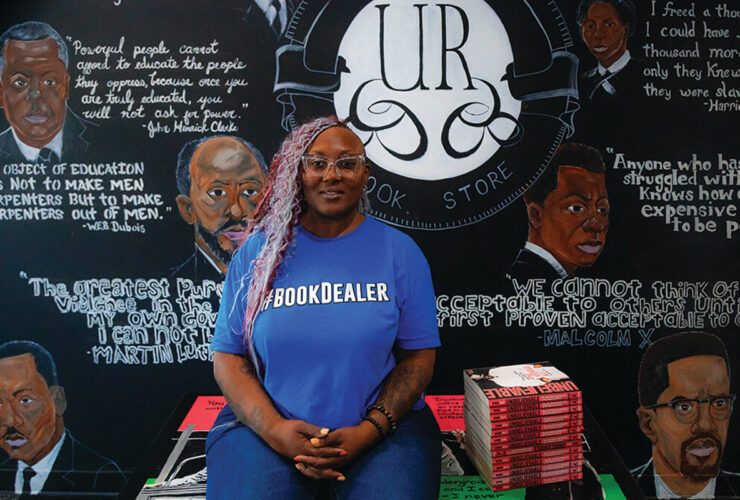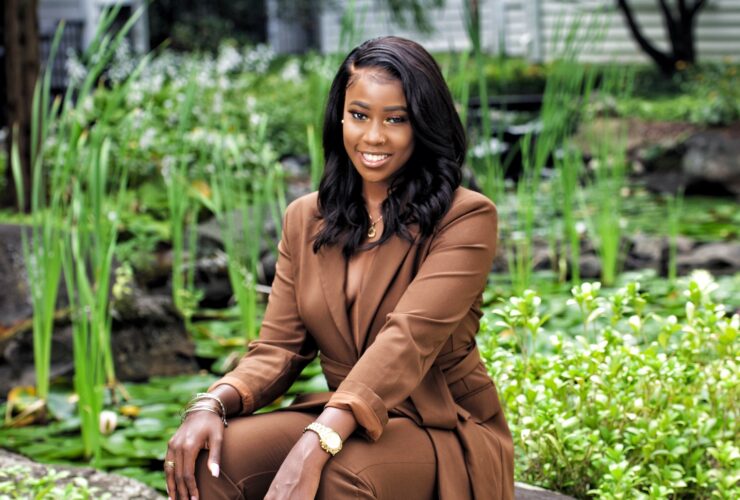
Health & Wellness
The (Every) Body Issue
A celebration of our Bodies—and ourselves.
Health & Wellness
Heavenly Bodies
An Olympic figure skater, a boxing phenom, a director of dance, a pro lacrosse player, and a pair of Paralympian sisters. For these local athletes, form meets function.
Sports
Men At Work
The Ravens male cheerleaders—the only ones in the National Football League—elevate their sport, and their female counterparts, to new heights.
News & Community
Born This Way
Faced with discrimination and sometimes outright hostility, the Maryland transgender community perserveres, pioneering civil rights breakthroughs.
Health & Wellness
What It Feels Like
Essays on losing weight, giving birth, and other body-changing experiences.
 we were to post a relationship status with our bodies on Facebook, it would read like this: “It’s complicated.” That voice in our heads never stops whirring. You know the one—it’s that internal loop that wants thinner thighs, plumper lips, bigger breasts, six-pack abs, a tighter tush. As social media feeds us a steady stream of unattainable beauty, being good enough is never enough anymore, and the pursuit of perfection is always elusive. We live in a visual culture; every click of the camera is a chance to show off our best selves—or at least the highly curated Insta-filtered one we want the world to see.
we were to post a relationship status with our bodies on Facebook, it would read like this: “It’s complicated.” That voice in our heads never stops whirring. You know the one—it’s that internal loop that wants thinner thighs, plumper lips, bigger breasts, six-pack abs, a tighter tush. As social media feeds us a steady stream of unattainable beauty, being good enough is never enough anymore, and the pursuit of perfection is always elusive. We live in a visual culture; every click of the camera is a chance to show off our best selves—or at least the highly curated Insta-filtered one we want the world to see.
Then again, there’s no such thing as the perfect physique, and the “ideal” body image is always changing. Blink and you miss it, especially when it comes to the feminine form. From Flemish painter Peter Paul Rubens’ sensual sirens to the bosomy, wasp-waisted Gibson girls of the late 1800s, the voluptuous pinups of the ’40s, rail-thin Twiggy in the ’60s (also the decade Weight Watchers was founded), the athletic body of the ’80s (hello, Jane Fonda), and the “heroin-chic” ’90s (Kate Moss, we still love you), the standards are ever-changing.
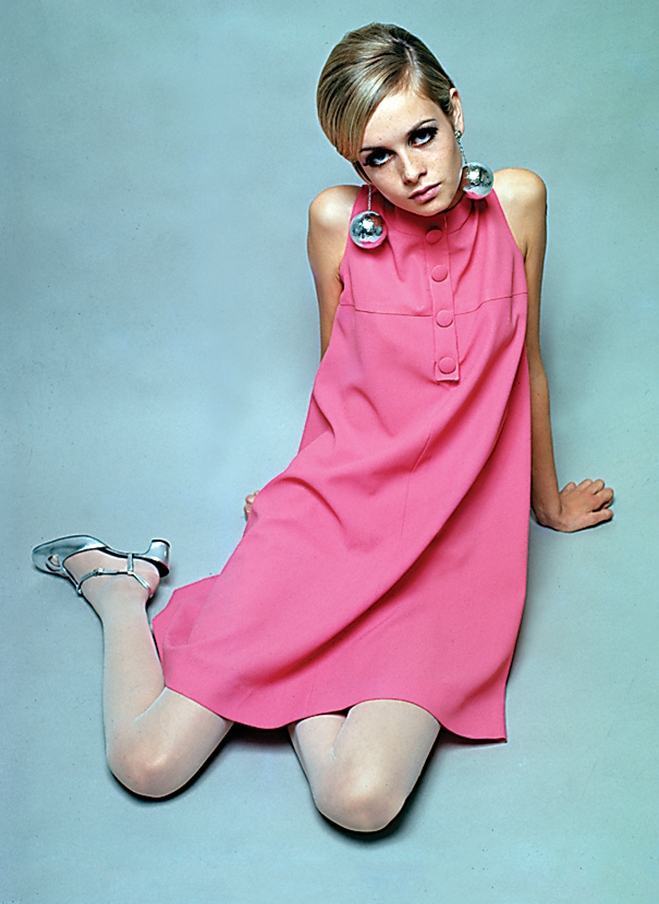
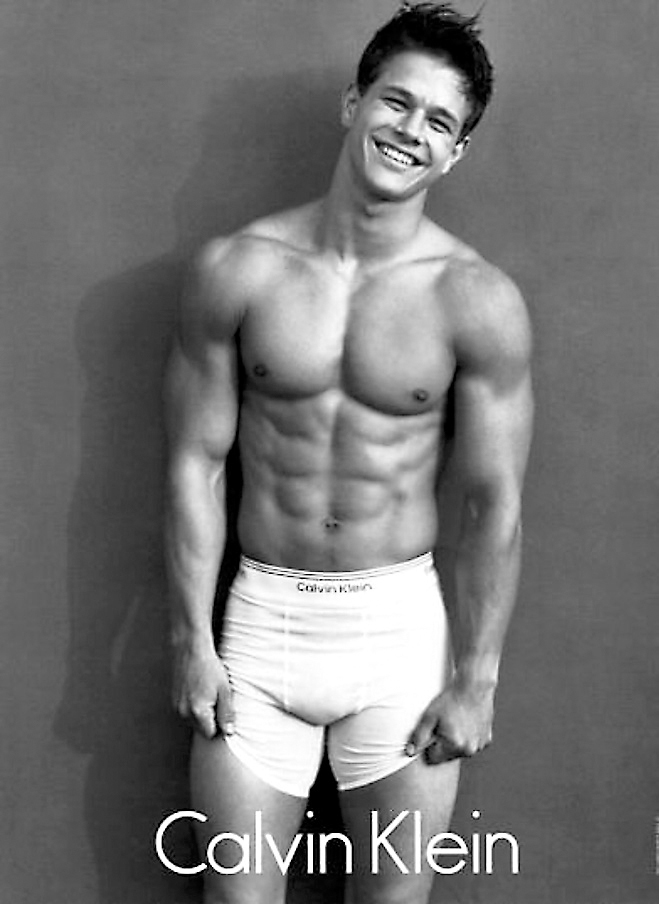
’60s model twiggy and calvin klein model mark wahlberg.
we live in a visual culture, every click of the camera is a chance to show off our best selves.
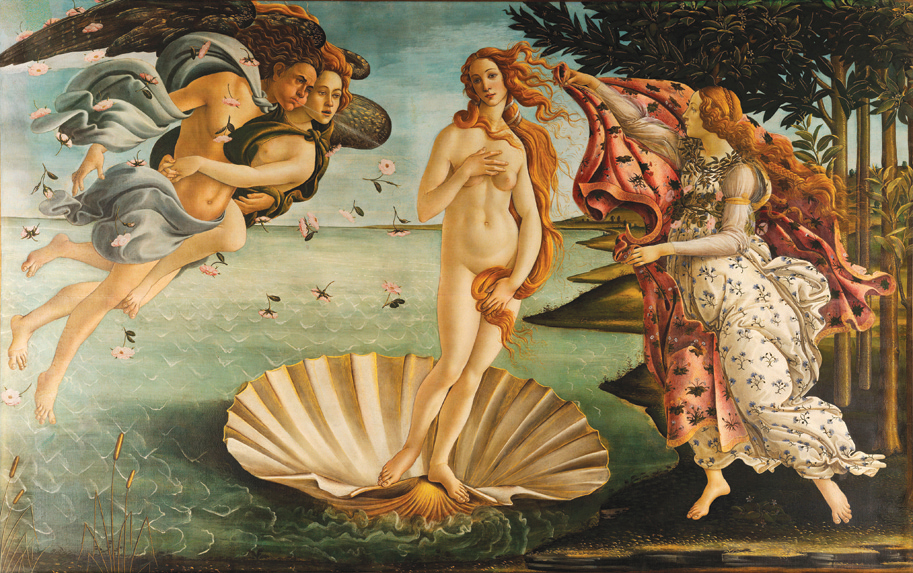
botticelli’s venus
Consider this: Botticelli's Venus, the Roman goddess of beauty, would likely be seen as needing to shed a few pounds by today’s norms.
For the past four months, we’ve spent countless hours speaking with people about their bodies—their stories and their struggles. We talk to Paralympian Tatyana McFadden, who, as a 6-year-old girl with spina bifida living in a Russian orphanage, knew that being disabled presented a challenge for her chances of adoption. “Parents want that healthy, perfect child,” she told us when we sat with her for a photo shoot in our Harbor East studio. Elkridge resident Julie Hagan gives us insight on what it’s like to live as an overweight woman in a fat-phobic world and the life-altering decision she made to undergo bariatric surgery, while Parkville yoga teacher Deborah Vojik shares her battle with anorexia, and four Baltimore-area residents take us along on their intensely private and revelatory transgender journeys.
What’s clear from hearing these stories is that while the way we’re perceived on the outside doesn’t have to define us, it profoundly impacts how we feel about ourselves on the inside. And, many times, those powerful perceptions are rooted in childhood and can shape us well into adulthood.
Recently, 45-year-old occasional Baltimore contributor Jim Meyer posted a poignant photograph of his 10-year-old self on Facebook.
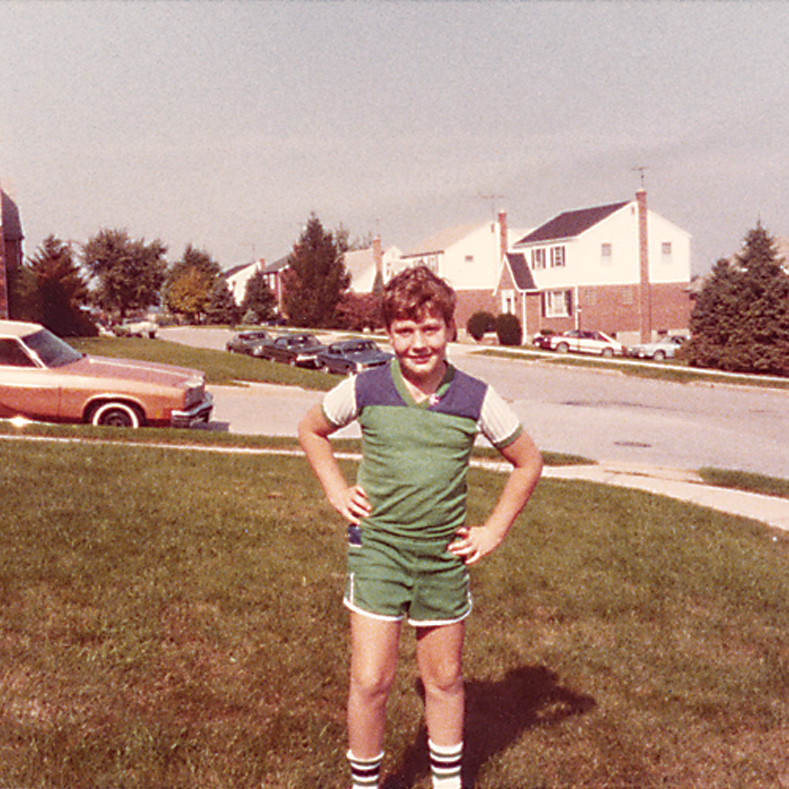
writer Jim Meyer
Wearing his green soccer uniform, with knobby knees and his hands on his hips, he looks like your prototypical Rosedale boy next door. “This was me,” he wrote. “I’m making this my profile pic because I am seeing this kid for the first time. I got seriously bullied back then—mostly for being fat. The kids in the neighborhood called me ‘blob.’ That’s still how I see myself, and as a result, that’s how I’ve made myself.” Reflecting on that image decades later, after his own 6-year-old son referred to himself as fat, Meyer recently had an epiphany. “Mostly when I look at that picture, I feel sad,” says Meyer. “It looks so much like my son. I wasn’t a little fat kid. I was just a little kid.”
With all this internal criticism,
we seem to forget that the human body is
a thing of beauty to be revered.
peter paul rubens’ muses
With all this internal criticism, we seem to forget that the human body is a thing of beauty to be revered, an amazing machine, as elegant and intricate as any living organism on Earth. It can do anything—from giving rise to new life to traversing Mount Everest. And even on an ordinary day, it’s extraordinary, taking between 17,280 and 23,040 breaths with the bellows of our lungs and producing 25 million new cells every second. On average, our hearts beat 80 times a minute, our pupils dilate when we’re in love, our eyelashes replenish every five months, and our skin renews in less than 30 days. This happens without our awareness—and yet, when we look in the mirror, most of our corporeal concerns are tuned in to what we don’t like.
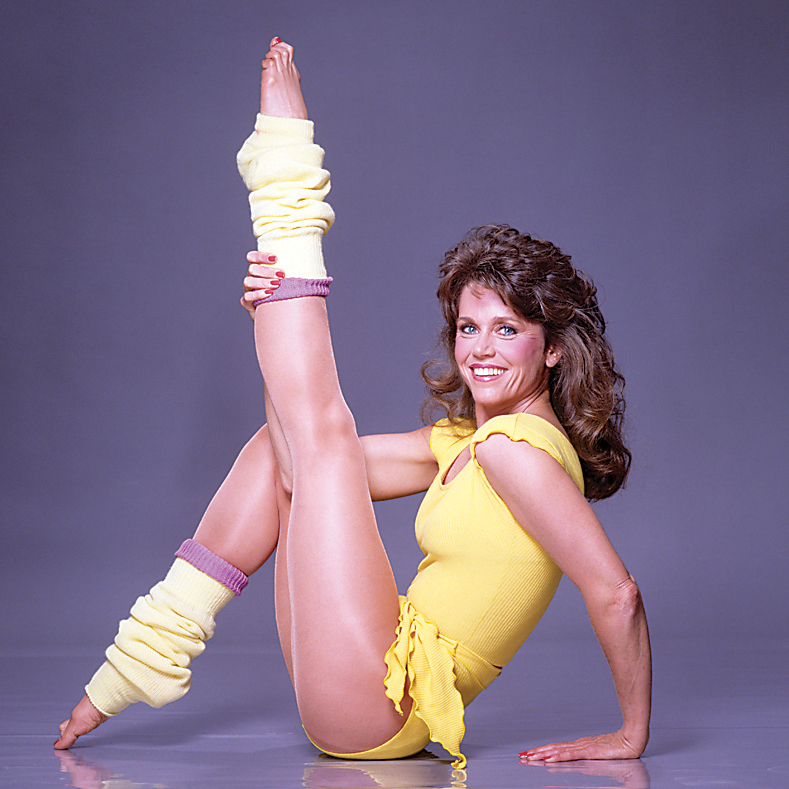
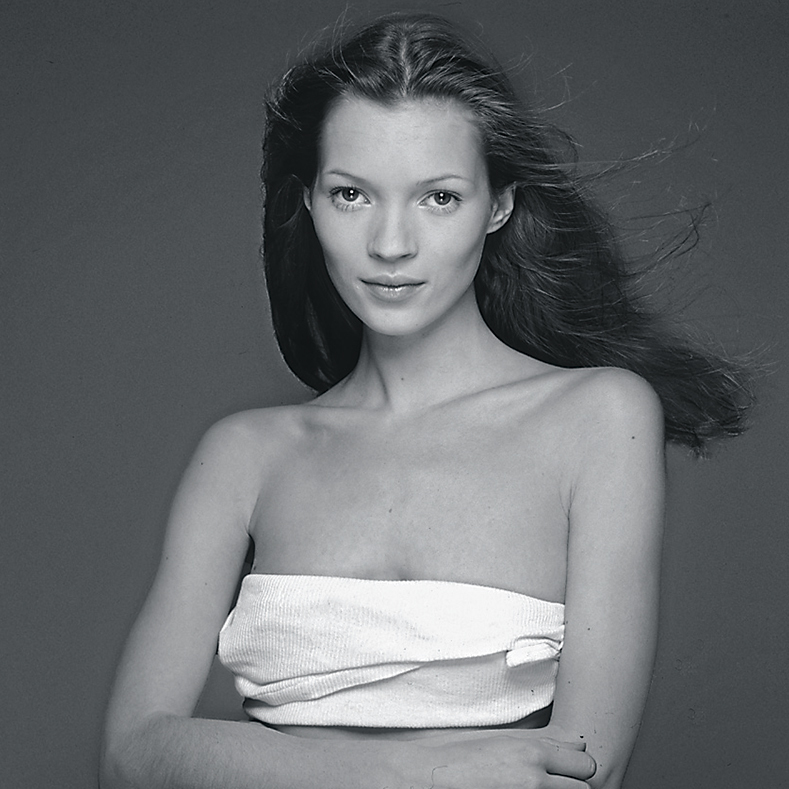
fitness guru Jane fonda and model kate moss
In my 31 years as an editor, this is by far the most personal issue I’ve ever overseen. Though each of us has a different story (see mine on p. 144), the struggle for acceptance—and its many manifestations—is universal. To put it another way—and to quote style editor Lauren Bell, who wrote the “Body Talk” section of this issue—“We’re all just trying to figure out how to be human together.”
Our first-ever (Every) Body Issue is about that one thing that we all have in common: the body. Big or small, tall or short, fat or thin, young or old, non-disabled or disabled, who among us doesn’t at least occasionally find fault with our mirror reflection? In these fractious times, it’s more important than ever to get along with each other, but the first step is to get along with ourselves. We hope this issue will help you take a look and, like those who bravely bared their souls across our pages, see yourself—really see yourself—for the first time.
